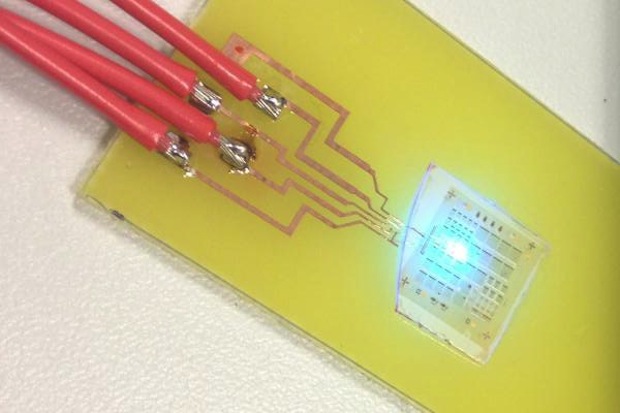Apart from glowing, fireflies and LEDs don’t seem to have that much in common but even if the source of their luminance derives from different physics, there’s still a trick one can learn from the other. Fireflies have been around for millions of years so it’s no surprise that they would be able to offer some illuminating improvements to the 60 year old LED technology.
Researchers studying the light-emitting structure of fireflies noticed “an unexpected pattern of jagged scales that enhanced the lanterns’ glow”. By reproducing the pattern and applying it to light emitting diodes, scientists were able to increase the light “extraction” properties of LEDs by more than 50%. What this means is that the natural pattern described as a “factory roof” doesn’t actually help the LED create more light, but it helps direct more light away from the light-emitting substrate, extracting light which would otherwise be absorbed by the material.
The new Firefly-inspired material should be easily engineered into a coating for existing LEDs of all types, meaning that its application to real world use could be seen much sooner than other more experimental results in “laboratory” settings. Applying the ingenuity of nature to our own technology actually has a name, Biomimicry, as in the case of the circular polarization of mantis shrimp eyes being used to improve high definition devices. If the new “factory roof” coating can boost LED output by half we hope to see it quickly licensed by better LED makers so we can soon enjoy brighter cheaper and more efficient LED lights.



